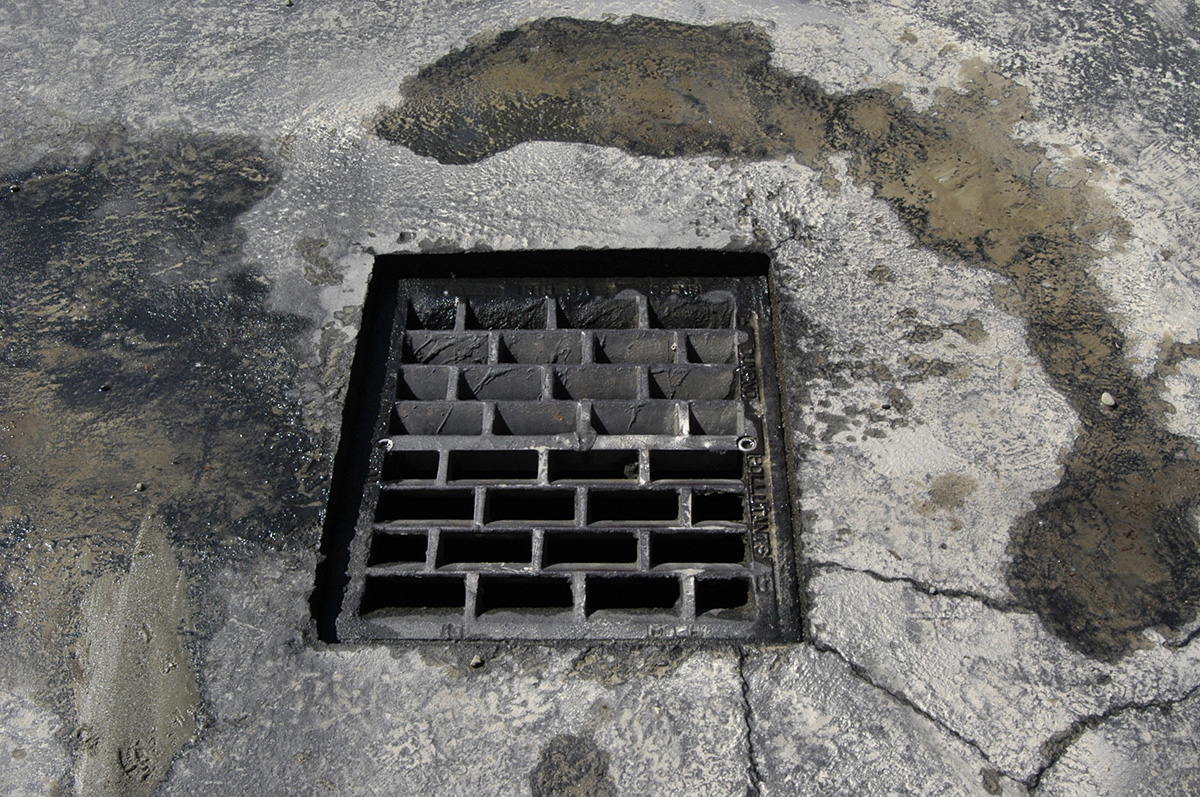Contact Us

The Importance of Timely Seawall Repair and Maintenance
Living by the coast is a dream for many, offering a tranquil and stunning backdrop for daily life. Seawalls protect the integrity of coastal properties

Most coastal residents are familiar with seawalls. The erosion of beaches and coastal shores caused by seasonal fluctuations in water levels, flooding, and tidal erosion can be a severe problem. If you have recently acquired or own a seaside property without a seawall, consider installing one to prevent damage. Seawalls are structures that direct water away from a property and consist of natural or artificial materials. Whether you need a new seawall or your current one needs repair, this will be a helpful guide to direct you through the process.
Before beginning construction, it is critical to evaluate your environment. A visual inspection will help assess all of the factors influencing the project. The surrounding landscape, shoreline distance, soil type and density, and the water level at its highest and lowest tide points need careful consideration. Additionally, a professional consultation is necessary to determine the specific type of seawall material and machinery required before initial construction, repair or replacement. It is an excellent time to establish clear preferences and expectations.
After completing a proper survey and assessment of the area, a design for the new construction may commence. Any pre-existing or failing seawall material will need removal to make space for the new project. Thorough excavation of the area to remove debris will ensure uninterrupted construction. A design prerequisite is to locate ideal points for installing pilings, large screw-like posts, that are driven into the soil every 6 to 8 feet around the length of the seawall. Piling depth measurement varies based on the weather, time of year, and soil conditions. Notably, the overall height of the seawall influences the variation in depth.
A seawall’s construction method depends on your material preferences and budget. Options include metal (most common), wood, concrete, composite materials like vinyl, or large stones. Metal construction involves the installation of plates and welding them together. The construction process utilizes an installation machine that drives wall sheets into the soil, piece by piece. Each new sheet interlocks with the adjacent one through a track system to ensure a secure and aligned wall. Installing each piece individually and carefully ensures the seawall looks neat and clean.
A seawall can be at risk of failing without proper support. A crucial step in installing or repairing a seawall is welding tiebacks and anchors to keep it secure. Tiebacks are generally located 6 to 9 feet from the shoreline and set at 7 1/2 foot increments along the seawall. Anchors are fastened to the tiebacks and are inserted vertically into the ground every 4 to 5 feet. These measures will stabilize and strengthen the seawall to secure its longevity.
Construction projects with large machinery will disturb the surrounding environment. The area behind the new seawall will need a material replacement after the initial removal process. Backfill, involving resin, sand, soil or a combination of materials, will be placed behind the seawall to ensure the area remains intact. It will allow for proper drainage and prevent unwanted debris from collecting behind the seawall. Additionally, it will cover the anchors and make the overall appearance of the new seawall visually attractive.
If you invest in proper maintenance, you will enjoy your stunning waterfront view for a long time. It is essential to understand the concept of seawalls and how they work to determine which is suitable for your property to protect it from future disasters. Occasionally, it may be necessary to rebuild a seawall if erosion or rust severely damages support structures and other materials. All State Civil Construction provides seawall erosion rehab and preventative maintenance solutions to keep your shoreline property safe and well-maintained. Contact us at (386) 465-2187 to learn more.

Living by the coast is a dream for many, offering a tranquil and stunning backdrop for daily life. Seawalls protect the integrity of coastal properties

Living by the shore in Florida can be a dream for many homeowners. The salty breezes, the crashing waves, and the stunning sunrises paint a picture

While living on the waterfront offers advantages, it also exposes properties to vulnerabilities such as erosion, flooding, and pests.

Are you a property or business owner looking for ways to protect your property and the surrounding environment?

Sewers play a vital role in making our cities and towns more livable, healthier, and safer. They effectively transport human

As a property owner considering seawall construction, you need to understand which seawall design is best suited
Contact Us


Please fill out the form below if you have any questions or give us a call at (386) 681-8105.